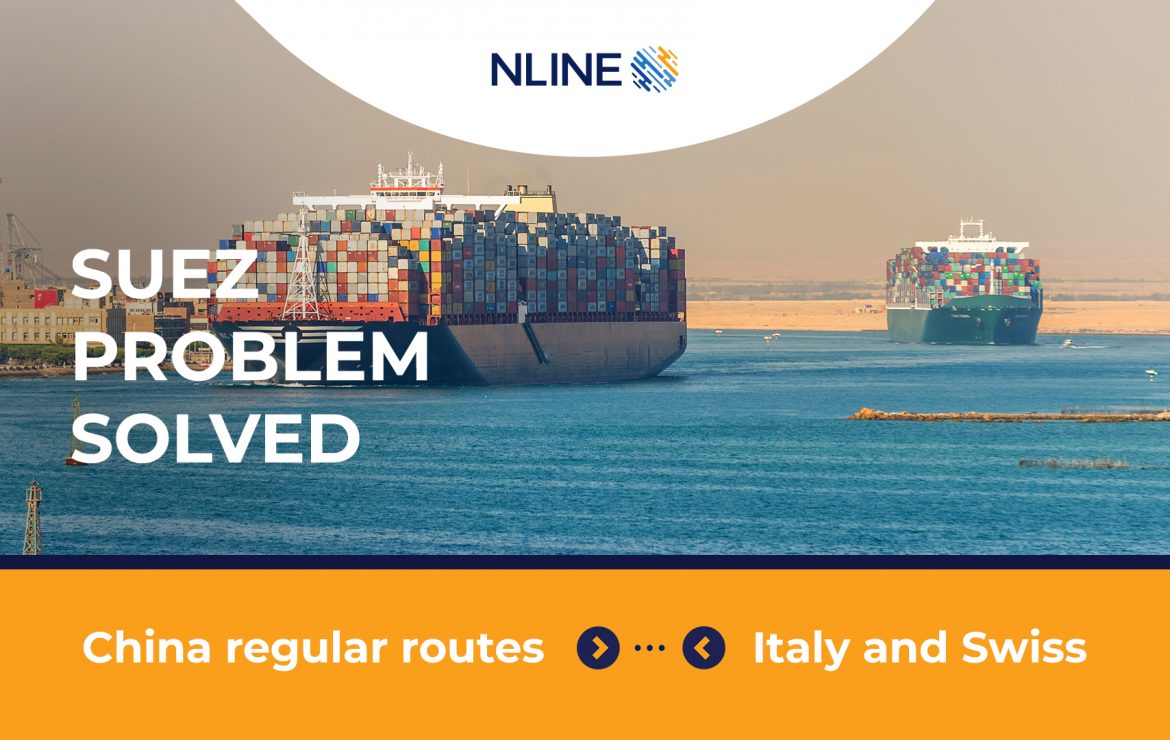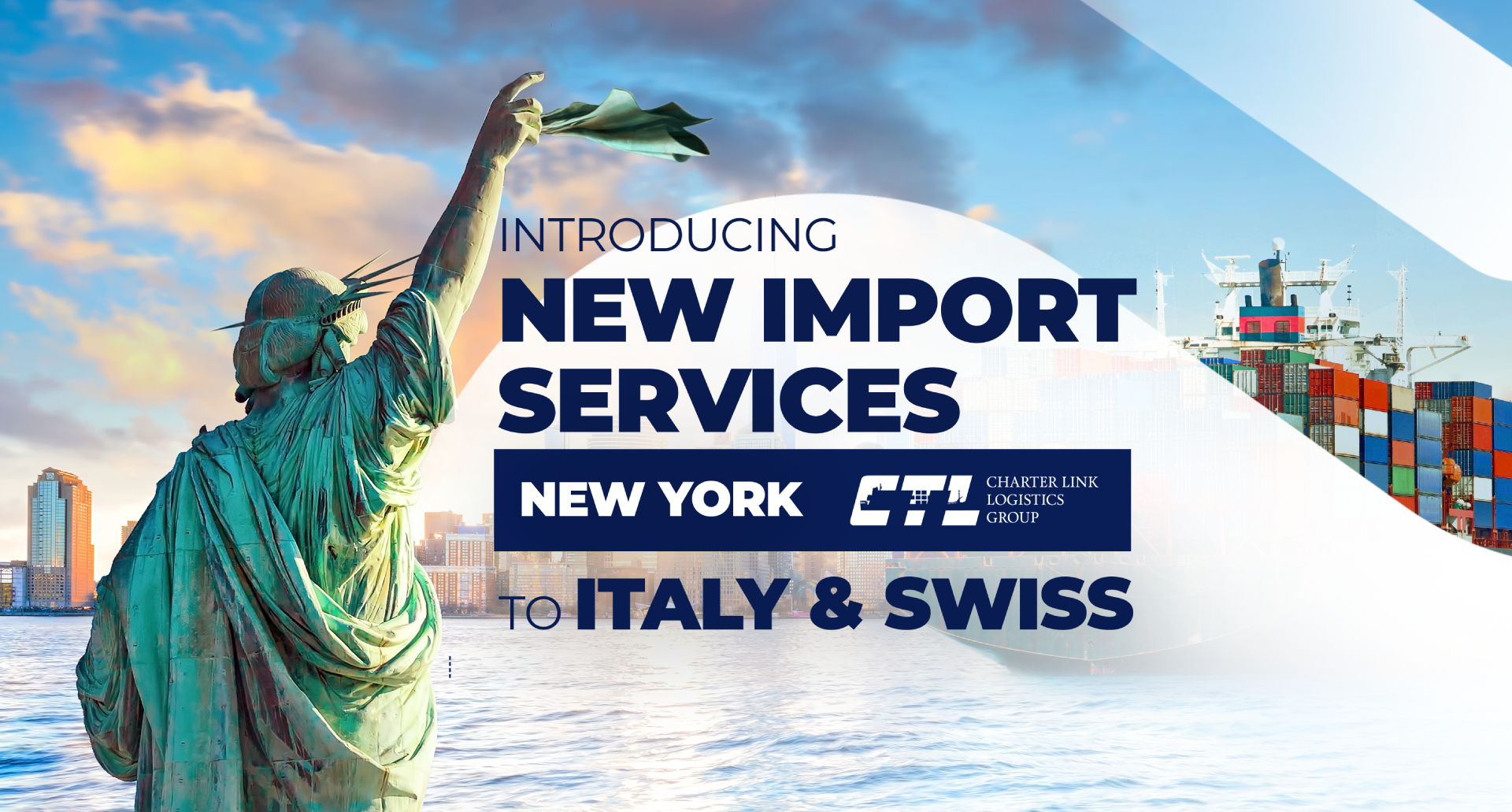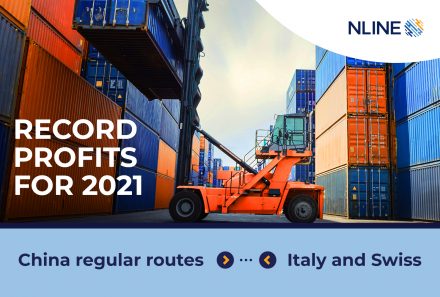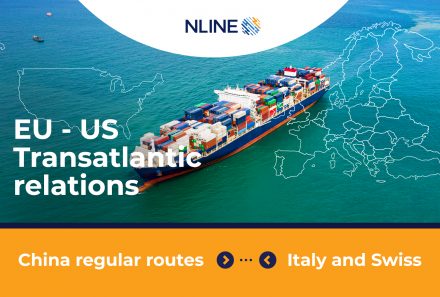
SUEZ PROBLEM SOLVED
The Suez Canal is set to resume operations today after the 20,388 teu Ever Given was re-floated overnight.
While the vessel’s bow remained stuck on one side of the waterway this morning, the high spring tide this afternoon allowed salvors to re-float the entire ship and unblock the waterway after a week of closure.
According to the Suez Canal Authority (SCA), the vessel will now be towed to the Bitter Lakes area for technical inspections, opening up the waterway for the resumption of traffic. However, shippers and forwarders on either side of the canal face weeks of potential supply chain disruption with 357 vessels of all types waiting to transit Suez, and estimates vary as to how long the backlog of vessels could take to clear.
According to a Maersk customer advisory this morning, the line and its 2M partner, MSC, have three vessels stuck in the canal system and another 30 waiting to enter and, as of today, had rerouted 15 ships round the Cape of Good Hope.It said: “These decisions were made close to the point of no return and it is expected that they will continue via the south of Africa, also to reduce the number of vessels in the queue. It could take six days or more for the complete queue to pass, conditional to safety and other operational circumstances.“As more vessels either reach the blockage or are redirected, this is an estimate and is subject to change. Even when the canal gets reopened, the ripple effects on global capacity and equipment are significant, and the blockage has already triggered a series of further disruptions and backlogs in global shipping that could take weeks, possibly months, to unravel.

The Suez Canal normally sees around 50 vessels transiting a day, although it is understood it has the capacity to handle double this number. However, the amount of extra vessel capacity soaked up by the route from Asia to Europe via South Africa is vast, due to the extra sailing time.
According to data from SeaIntelligence Consulting, Asia-North Europe vessels routed via the Cape need an extra 14.4 days to complete a round trip, while Asia-Mediterranean vessels take an extra 26.8 days.
“All in all, in order to re-route the cargo around Africa – or through Panama in some cases for the Asia-US east coast – will absorb an amount of carrying capacity, equal to 6% of the globally available capacity – equal to 1.48m teu of capacity, the same as 74 ultra-large 20,000 teu container vessels,” said SeaIntelligence chief executive Alan Murphy.
“It is evident that such an amount of capacity absorption will have a global impact and lead to severe capacity shortages. It will impact all tradelanes, as carriers will seek to cascade vessels to locations where they find they have the greatest need.
Source loadstar






